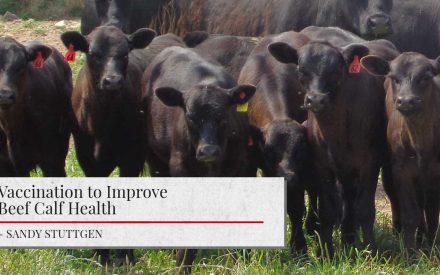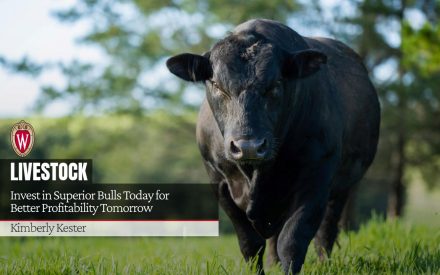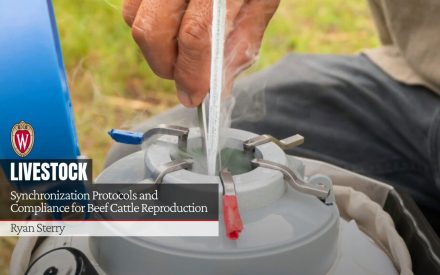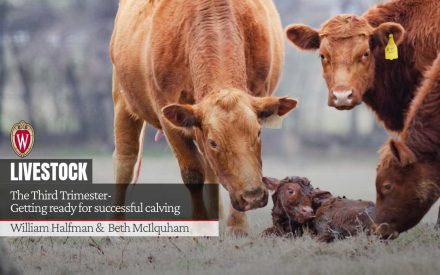Moraxella bovis is the bacteria responsible for summer pinkeye. Research has identified a non-summer pinkeye that is associated with carrier animals and its lesions do not need physical trauma or summer flies and UV light to precipitate them. Isolated from bovine eyes, the causative bacteria, Moraxella bovoculi, may be isolated from nasal and vaginal tissues of cattle. Laboratory submissions from active pinkeye infections often find mixed infections from both M.bovis and M. bovoculi.
Five pharmaceutical companies currently produce commercial pinkeye vaccines for M. bovis; three have conditionally licensed commercial vaccines for M. bovoculi. Studies have shown that vaccination with M. bovis does not protect against M. bovoculi, and vaccination with M. bovoculi does not protect against M. bovis. A prevention program that includes vaccines that target both M. bovis and M. bovoculi involves vaccinating with each product separately on the same day.
Work with your veterinarian to determine the agent causing pinkeye in your herd and to determine the prevalence of carrier animals. Autogenous vaccines may also be made from the bacteria causing the problem in your herd.
Other agents, including Infectious Bovine Rhinotracheitis (IBR) virus and Mycoplasma bacteria may cause eye lesions that look like pinkeye. Especially in calves, IBR eye lesions occur when respiratory vaccination programs are not performing correctly. The Wisconsin Veterinary Diagnostic Laboratory uses a PCR test from an eye swab to identify IBR, Mycoplasma bovoculi, Moraxella bovis and Moraxella bovoculi.
Annual vaccinations are required. Immunity from vaccination takes time to develop, and labels recommended that vaccinations be completed three to six weeks prior to ‘pinkeye season’. When talking about summer pinkeye that means during peak face fly season. Read the label of the products being considered, several require two doses three weeks apart. Experience and testimonials indicate optimal protection is provided six weeks after the final dose. Protecting against summer pinkeye in Wisconsin means vaccinating for it in April-May.
Consult your veterinarian to select the product that fits into your herd’s overall vaccine program. Moraxella bacteria release endotoxins, so the vaccines made from them have associated risks that range from localized reactions to full anaphylaxis.

 Vaccination to Improve Beef Calf Health
Vaccination to Improve Beef Calf Health Invest in Superior Bulls Today for Better Profitability Tomorrow
Invest in Superior Bulls Today for Better Profitability Tomorrow Synchronization Protocols and Compliance for Beef Cattle Reproduction
Synchronization Protocols and Compliance for Beef Cattle Reproduction The Third Trimester- Getting ready for successful calving
The Third Trimester- Getting ready for successful calving


